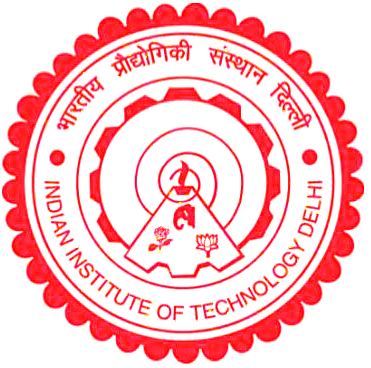
Home Research Publications Posts Members Join us Updates
Inorganic glasses, produced by the melt-quenching of a concoction of minerals, compounds, and elements, can possess unique optical and elastic properties along with excellent chemical, and thermal durability. Despite the ubiquitous use of glasses for critical applications such as touchscreen panels, windshields, bioactive implants, optical fibers and sensors, kitchen and laboratory glassware, thermal insulators, nuclear waste immobilization, optical lenses, and solid electrolytes, their composition-structure-property relationships remain poorly understood. Here, exploiting largescale experimental data on inorganic glasses and explainable machine learning algorithms, we develop composition-property models for twenty-five properties, which are in agreement with experimental observations. These models are further interpreted using a game-theoretic concept namely, Shapley additive explanations, to understand the role of glass components in controlling the final property. The analysis reveals that the components present in the glass, such as network formers, modifiers, and the intermediates, play distinct roles in governing each of the optical, physical, electrical, and mechanical properties of glasses. Additionally, these components exhibit interdependence, the magnitude of which is different for different properties. While the physical origins of some of these interdependencies could be attributed to known phenomena such as” boron anomaly”,” mixed modifier effect”, and the” Loewenstein rule”, the majority of the remaining ones requires further experimental and computational analysis of the glass structure. Thus, our work paves the way for …
Read full article here.